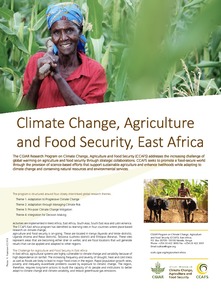CIAT in Asia
With more than 60 percent of Asian population either directly or indirectly relying on agriculture for livelihood, agriculture remains key to uplifting lives of many people in the region, as well as to providing sufficient and nutritious food for all.
In Asia, CIAT undertakes scientific research enabling smallholder farmers, agri-food businesses, and national governments to use smart technologies and innovations and make evidence-based decisions, towards achieving profitability, environmental sustainability and resiliency in agriculture.












